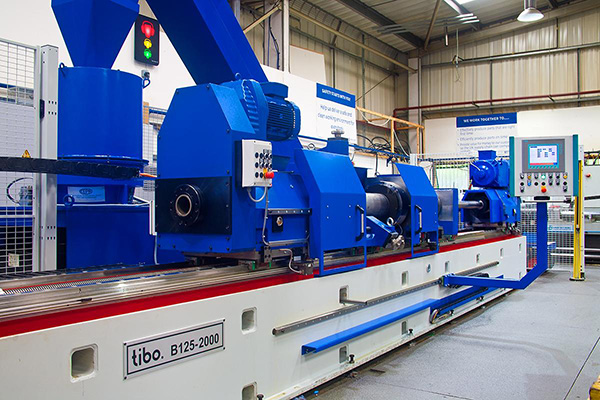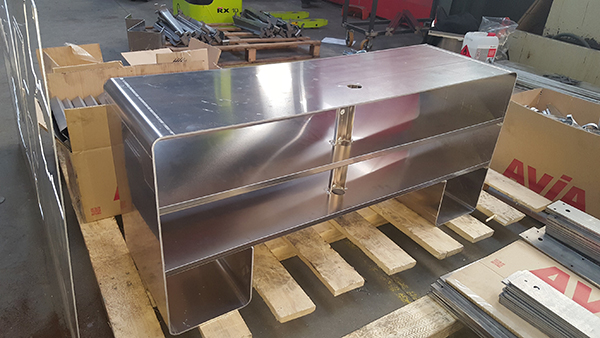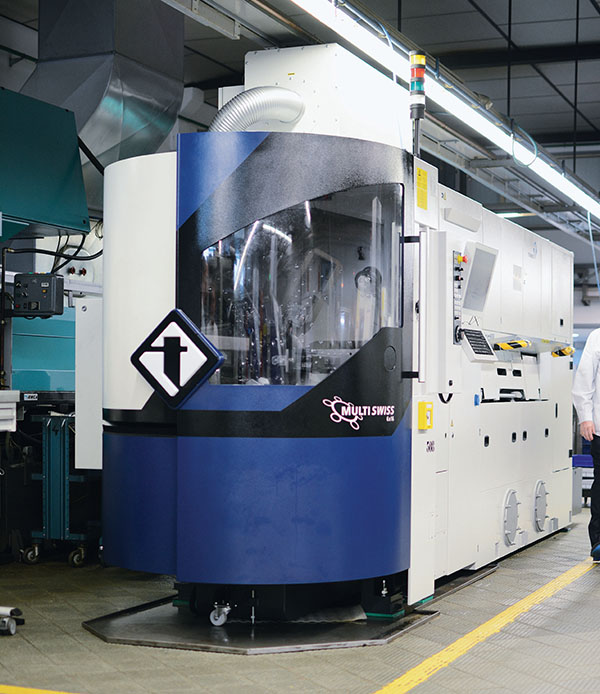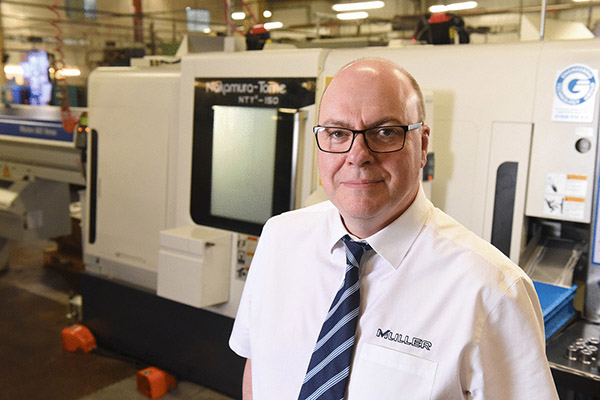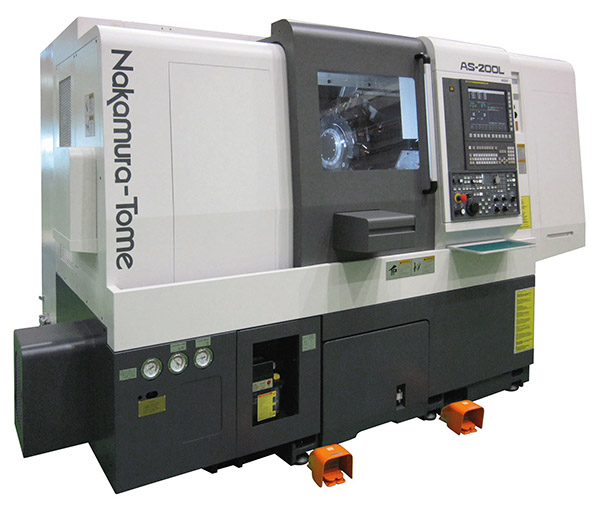A sheet-metal specialist is providing the perfect example of how a small company can build a successful digital ecosystem, bringing its factory in line with the Industry 4.0 philosophy of smart production. Laser subcontractor AFDL operates with between five and eight employees at any one time, and has installed the WorkPlan MES job management solution, which connects seamlessly with its Radan sheet-metal CADCAM system. Both products are from the Hexagon portfolio, geared towards supporting data-driven smart factories.

Installing the WorkPlan job management and quotation with Radquote module has allowed AFDL (Atelier Forezien de Découpage Laser) to become completely autonomous, from quotation through to invoicing, by providing a full overview of orders received, outstanding and delivered, and of the company’s turnover.
Site Manager Stéphane Noailly says: “Previously, we didn’t have production management software, and invoicing was managed by our parent group, Decofor, involving double entry of all our delivery notes.
“We needed to invest in this type of software because of strong growth, and more employees,” says Noailly. “It was becoming too complicated to manage the company’s activities with Excel files. We opted for WorkPlan as it comes from the same stable as Radan, which we’ve used as our sheet-metal production software for over 10 years.”
Focusing on both thick and thin laser cutting, from 0.2 to 25 mm, across a range of steels, stainless steel and aluminium, AFDL has also developed its activities in bending and welding, producing stainless steel tables for the furniture industry, and working for pharmacies and the public sector.

The company has grown recently, and now produces up to 50 orders a day, comprising individual unit parts, through to large series. Prior to installing WorkPlan, Noailly managed everything from order entry to manufacturing, but since the installation and deployment of the software he has been able to free up time to develop the company’s activity.
Combining the WorkPlan and Radquote interface with the automated system for time analysis, production cost estimation, and quotation generation for sheet-metal parts and assemblies, means AFDL has become more responsive, accurate and fair in terms of price, compared to its competitors, says Noailly, which has allowed the company to successfully manage an increase in demand.
AFDAL was created at the end of 2013 with Decofor being its only customer, yet today half of its customers are external.

“I use WorkPlan to generate precise quotations in connection with Radquote, and either duplicate or modify them for similar new orders; quickly transform them into orders; view all orders at any time; or give autonomy to the workshop to generate delivery notes by simply entering the order number, which also avoids missing invoices.
“Recurring orders from Decofor are now managed with just a few clicks,” he continues. “The file is sent in CSV format, and WorkPlan transforms it into a command – no more re-entries or errors. It’s a real time saver, as production can commence immediately.”

AFDL inherited a CNC machine tool which had originally been purchased at auction by Decofor with Radan already installed, and Noailly decided he wanted to continue using the software. Production is now carried out 24 hours a day, seven days a week, with Radan currently powering two Trumatic 3050 laser-cutting machines and an Amada HFT press brake. There are plans to replace one of the laser machines with a Trumatic 3030 automated fibre laser profiling centre, which will enable the company to move into copper and brass cutting for the electrical sector.
According to Noailly, Radan makes the production process as simple and efficient as possible.
“Customers provide us with files in a variety of formats, including: a DXF 2D plan, which we can use immediately; a 3D STEP file which we open in Radan 3D to unfold before working on it in 2D; PDF files which we have to completely redesign; or directly with parts to reproduce them identically. As soon as the file is validated it’s imported into Radan 2D or 3D to be nested and put into production.
“The drawing features built into our Radan 2D module mean we can efficiently design a 2D part,” explains Noailly. “The software also gives us a quick and simple method to repair or simplify geometries from other systems.”
With around 20 regular products to redesign, or files to use, production is divided 50/50 – firstly, a series of parts, comprising more than 50 pieces; and secondly, individual units.
“Thanks to Radan we can produce up to 30 pieces on the same day that the order is placed, which means we can readily adapt to our customers’ urgent demands when they require something immediately,” says Noailly.
“We are only a small company, but the integrated solution of WorkPlan and Radan has brought our factory in line with the Industry 4.0 philosophy of smart production adopted by companies many times our size.”
For further information www.workplan.com www.radan.com







